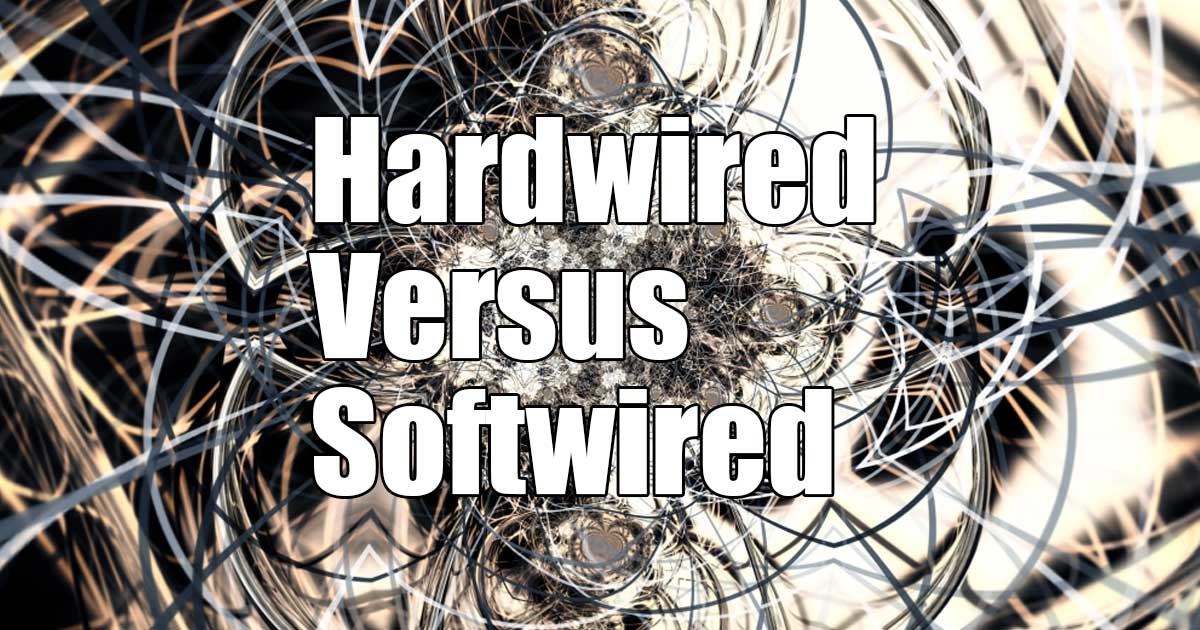Understanding Explicit Bias and Implicit Bias

Explicit bias is conscious bias, implicit bias is subconscious bias. Everyone has natural implicit and explicit bias, it’s part of being human and what shapes our actions and attitudes.
Memory is the process by which information is sensed, encoded, stored, connected, and retrieved. Memory refers primarily to data stored in the human brain, but broadly refers to any organic, inorganic, or theoretical system that can store and recall data.

Explicit bias is conscious bias, implicit bias is subconscious bias. Everyone has natural implicit and explicit bias, it’s part of being human and what shapes our actions and attitudes.

In pop-science, in reference to the brain, you’ll hear the terms “hardwired” and “softwired”, hardwired means genetically programed and softwired means learned.